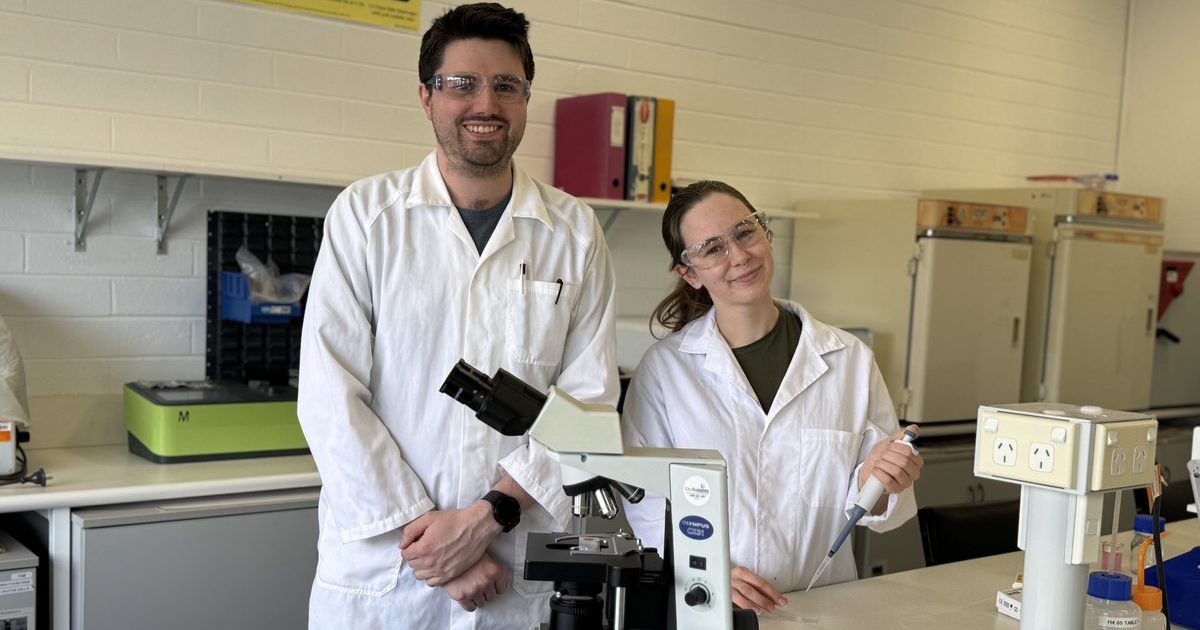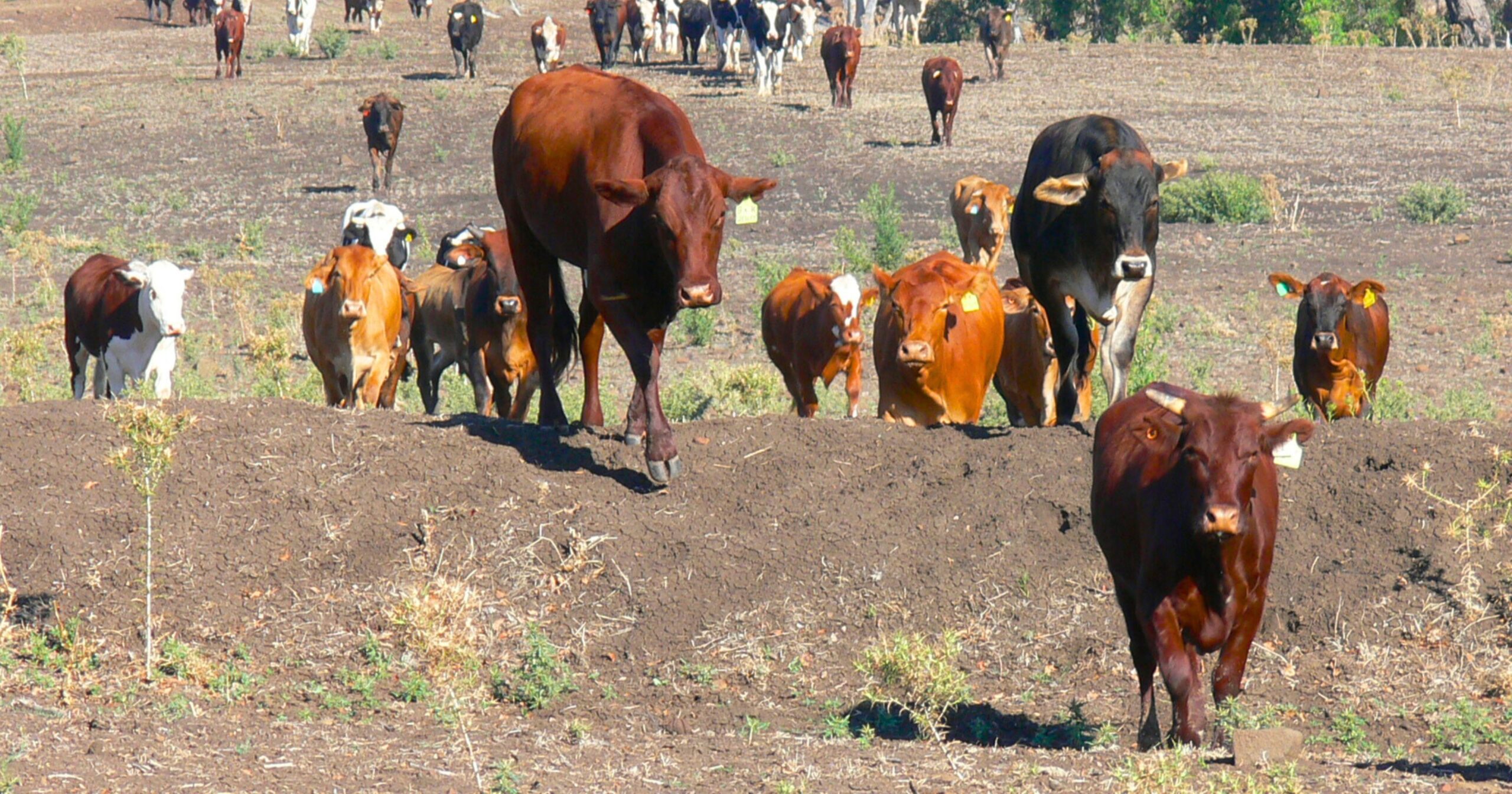What are the rules around face coverings?
PREMIER Daniel Andrews today announced the face covering order that’s been in place for metropolitan Melbourne in the fight against COVID-19 will be extended to all of Victoria from Sunday night.
But what does that mean, and what is an acceptable face covering?
According to the Department of Health and Human Services website, it means you must wear a face covering whenever you leave your house.
There is a list of exceptions, though. They include:
– Babies and children under 12.
– If you are travelling in a vehicle by yourself or with other members of your household.
– People who are affected by a relevant medical condition like breathing problems, serious fical conditions, a disability or a mental health condition.
– People who are deaf or hard of hearing, where the ability to see the mouth is essential for communication.
– Where wearing a face covering would create a risk to health and safety related to their work, as determined through OH&S guidelines.
– People whose professions require clear enunciation or visibility of their mouth. This includes teaching or live broadcasting.
– Professional sportspeople when training or competing.
– When you are doing any exercise or physical activity and are out of breath or puffing. Things like jogging or running but not walking. You must carry a face covering on you and wear it when you finish exercising.
– When your directed to remove the face covering to ascertain identity.
– When consuming food, drink or medication.
– When undergoing dental treatment or other medical care to the extent that the procedure requires that no face covering may be worn.
– During emergencies.
At all other times face coverings must be worn, but what is an acceptable face covering?
The Victorian chief health officer recommends three layered masks that are either reusable or disposable, however scarves or bandanas are okay of you don’t have access to a purpose build mask.
“Any face mask or covering is better than none.”
On masks the advice is to check them for holes or damage before putting them on over your mouth and nose and to wash your hands with soap and water for 20 seconds or hand sanitiser before touching them.
Along with the face covering the expert advice is to also ensure good hygiene and handwashing as well as a minimum 1.5-metre social distance is the best way to further reduce risk.
For more information on the guidelines around masks and face coverings visit the DHHS web page on the issue.



















